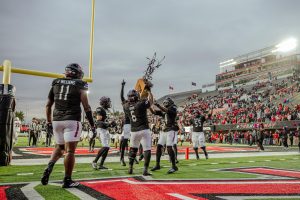India, US struggling to bridge trade dispute as Trump visits
By PAUL WISEMAN
| February 22, 2020
Authorities: Virginia farmer holds goat thief at gunpoint
February 20, 2020
San Diego aquarium breeds rare weedy sea dragon in captivity
February 13, 2020
Factory farms provide abundant food, but environment suffers
By JOHN FLESHER
| February 6, 2020
In fight to survive, US dairy farmers look for any tech edge
By IVAN MORENO
| February 2, 2020
AP PHOTOS: Irish border residents watch for Brexit fallout
By DAVID GOLDMAN
| January 30, 2020
Advertisement
Advertisement
Advertisement
Advertisement
Advertisement
Advertisement






